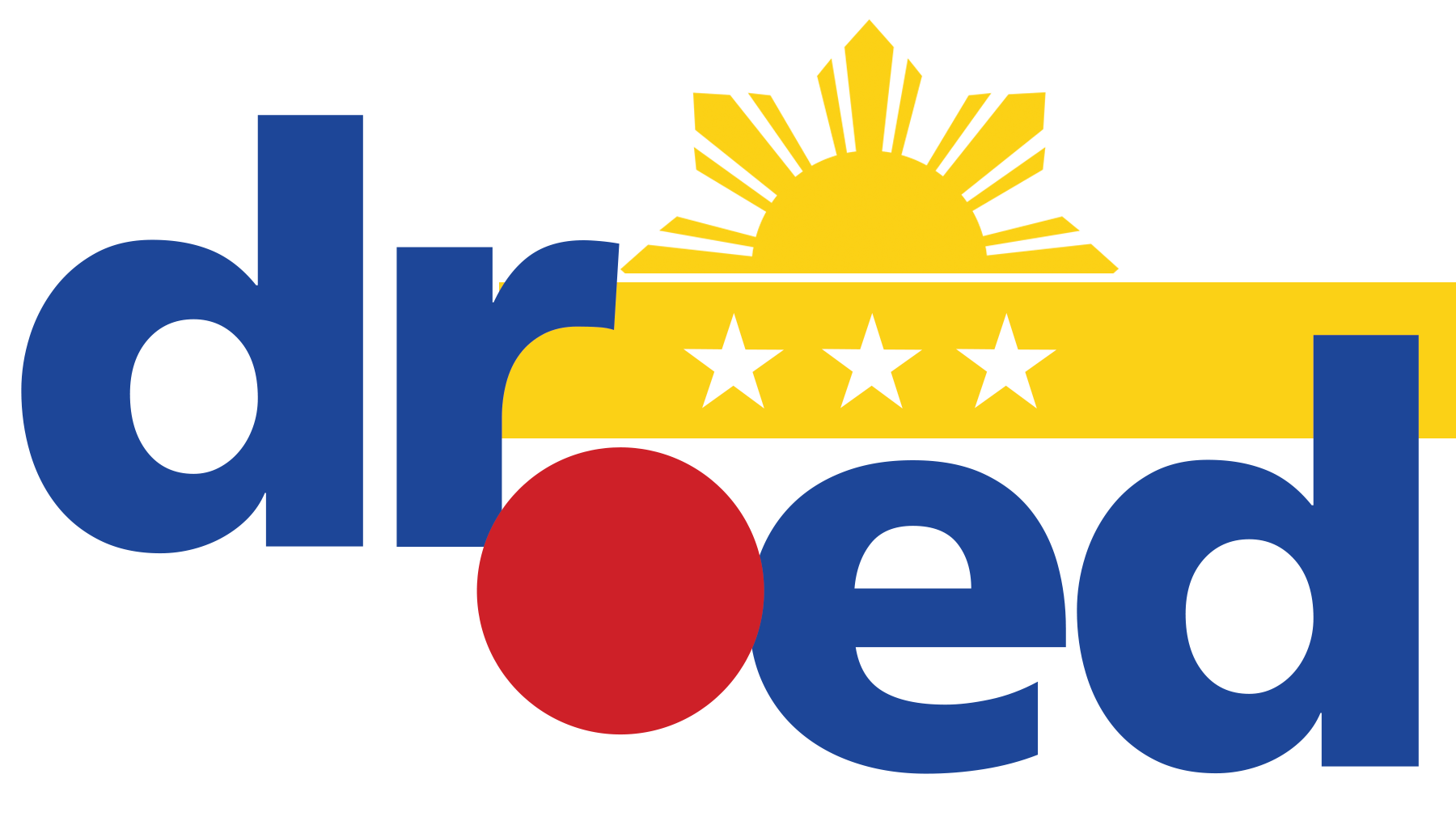Faculty teamwork has grown dramatically over the course of this century. Conventional stereotypes, which convey the image of professors conducting research in the isolation of a laboratory or teaching alone in front of a room of passive students, overlook important aspects of modern academic life. Many professors now do much of their work like teaching, conducting research, and writing in partnership with colleagues.
Faculty teamwork occurs in a variety of settings and takes different forms, depending on the nature of the collaborative team and the goals of its members. Essentially, faculty teamwork is a cooperative endeavor that involves common goals, coordinated effort, and outcomes or products for which the collaborators share responsibility and credit. A characteristic common to all effective schools is staff members that work together on shared goals or a common mission they help to establish.
Effective schools require a professional partnership between the principal and the teachers (Berry, 1990). An effective organization works together as the high performing team bound together with a clear direction, a system of accountability, and strong group norms to maintain the organizational focus.
The underlying assumption is that for meaningful school improvement to take place there is a need for greater teacher involvement both inside and outside the classroom (Fullen and Hargreaves, 1998). Current school reform is focusing on decreasing bureaucratic control and including teachers as active decision makers to improve student outcomes (Rowan, 1994). School improvement is dependent on teacher empowerment (Bullard and Taylor, 1993). A University of Maryland Study (1996) finds that effective schools do many good things simultaneously within a dynamic and open school climate that encourages flexibility, collaboration, and risk-taking among staff.

